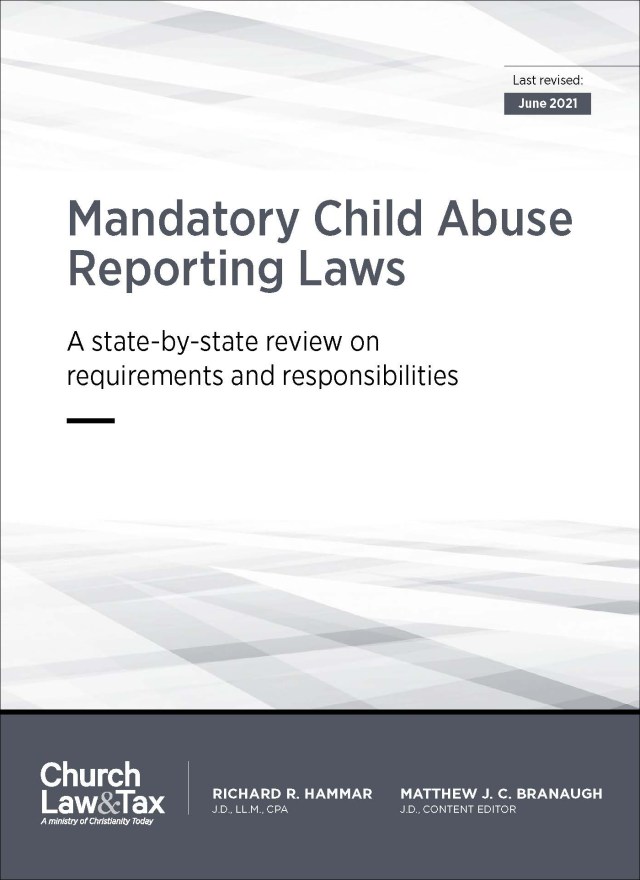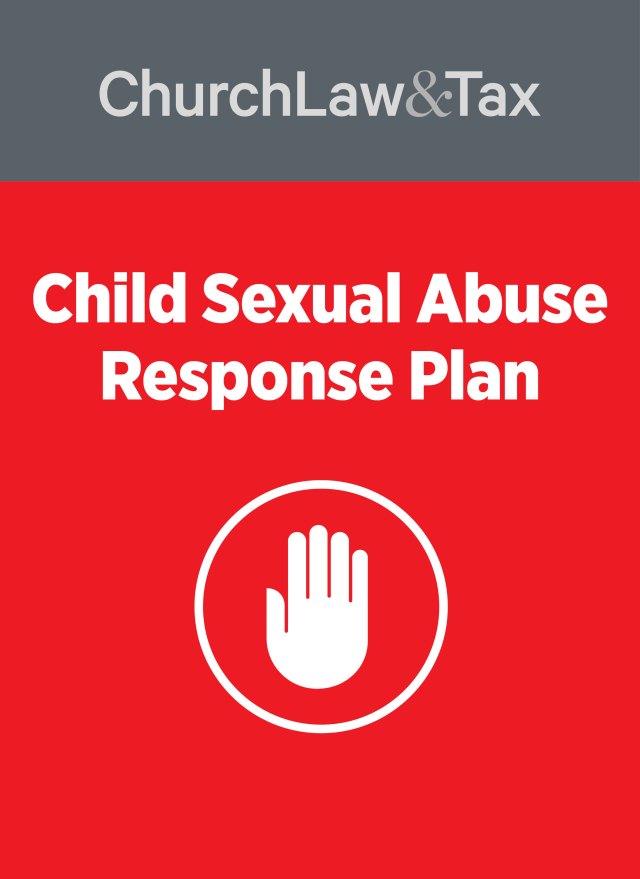• Key point: Insurance companies increasingly are attempting to limit or exclude coverage for sexual misconduct claims.
• A Georgia appeals court found that a general liability insurance policy covered a sexual assault claim at a church-run children’s home, despite several exclusions in the policy. A child resident at a church-operated children’s home was sexually assaulted by other residents of the facility. The home was sued by the victim and his parents for its alleged negligence in adequately protecting, supervising, controlling, and caring for the residents of the facility. The children’s home forwarded the lawsuit on to its insurance company. The insurance company concluded that the insurance policy in this case did not cover claims based on sexual assaults. It relied primarily on the following exclusion
It is agreed that such coverage as is provided by the policy shall not apply to any claim, demand and causes of action arising out of or resulting from either sexual abuse or licentious, immoral or sexual behavior intended to lead to, or culminating in any sexual act, whether caused by, or at the instigation of, or at the direction of, or omission by, the insured, his employees, patrons or any causes whatsoever.
The insurance company also relied on two other exclusions that denied any coverage for “bodily injury or property damage arising out of assault and battery” and “claims, accusations or charges of negligent hiring, placement, training or supervision arising from actual or alleged assault or battery.” A trial court agreed with the insurance company that the insurance contract excluded any coverage for the victim’s claims, and accordingly that the insurance company did not have to provide the children’s home with a legal defense of the lawsuit or pay any part of a jury verdict. The children’s home appealed. A state appeals court acknowledged that the insurance policy in this case could be construed to exclude any coverage for the victim’s claims. However, the court concluded that it also could be interpreted to require coverage of the victim’s claims. With regard to the general sexual abuse exclusion, the court noted that it clearly applied to sexual assaults by “employees and patrons,” but it did not necessarily apply to assaults by minor residents. The court concluded that “we do not believe that children residents of [the home] may reasonably be included in the group of individuals specified in the exclusion.”
The court also rejected the applicability of the other two exclusions relied upon by the insurance company. It noted that the specific sexual abuse exclusion prevented application of the two more general exclusions in deciding the question of insurance coverage for any claims involving sexual abuse, since “a limited or specific provision of a contract will prevail over one that is more broadly inclusive.” The court also noted that the insurance company had recently modified its sexual abuse exclusion to specifically exclude the kind of claim asserted in this case. This behavior, noted the court, demonstrated that the insurance company “was concerned that the original sexual abuse exclusion either did not exclude coverage for the type of claim involved at issue here or was ambiguous as to whether it did so.” The court concluded:
[I]nsurance policies are prepared and proposed by insurers. Thus, if an insurance contract is capable of being construed two ways, it will be construed against the insurance company and in favor of the insured. Construing the ambiguity in the sexual abuse exclusion in this case against [the insurance company], the policy did not exclude coverage for sexual abuse perpetrated by the children residents against another resident in the … facility.
This case is significant for the following three reasons.
First, it illustrates the general rule that ambiguous provisions in insurance contracts are interpreted in favor of the insured.
Second, it illustrates that attempts by insurance companies to exclude specified risks will not always be enforced by the courts. In this case, there was no doubt that the sexual abuse exclusion denied any coverage for sexual assaults by employees and patrons of the children’s home, but it was not clear whether or not this exclusion applied to minor residents. Accordingly, the court construed the exclusion in favor of the insured.
Third, and most importantly, this case illustrates a trend among insurance companies to limit or exclude coverage for claims arising from sexual misconduct. While the court in this case did not construe the insurance contract to exclude coverage for sexual assaults committed by residents of a children’s home, it is worth noting that the contract did contain a general sexual abuse exclusion. The court acknowledged that this exclusion covered any sexual assaults committed by “employees and patrons.” The court simply was not willing to extend the exclusion to cover assaults committed by fellow residents. The insurance company later amended its policy to clearly exclude such assaults. It is absolutely essential for church leaders to recognize the relevance of this trend to religious institutions. Few institutions in our society provide more programs for minors than churches. The opportunities for sexual abuse are significant. If a church’s insurance policy denies coverage for sexual abuse claims, this means that the church has an uninsured risk of substantial proportions. Church leaders must respond to this predicament by implementing effective programs to screen and supervise those persons (both volunteer and paid employees) who will be working in any capacity with minors on church premises or in the course of church activities. This is why we have prepared the Church Law & Tax Report Child Sexual Abuse Resource Kit, which includes a 25-minute video tape, a one-hour audio tape, a 96-page book (containing detailed procedures and forms), and a training manual to assist church leaders in implementing an effective prevention strategy. This vital resource kit is available from Church Law & Tax Report for a special price of $49.95. You can order it by calling 1-800-222-1840. Georgia Baptist Children’s Homes & Family Ministries, Inc. v. Essex Insurance Company, 427 S.E.2d 798 (Ga. App. 1993).
See also “Personal injuries—on church property or during church activities,” Whetstone v. Dixon, 616 So.2d 764 (La. App. 1 Cir. 1993), in the recent developments section of this newsletter.
See Also: Liability Insurance
© Copyright 1993, 1998 by Church Law & Tax Report. All rights reserved. This publication is designed to provide accurate and authoritative information in regard to the subject matter covered. It is provided with the understanding that the publisher is not engaged in rendering legal, accounting, or other professional service. If legal advice or other expert assistance is required, the services of a competent professional person should be sought. Church Law & Tax Report, PO Box 1098, Matthews, NC 28106. Reference Code: m50 m11 c0693




